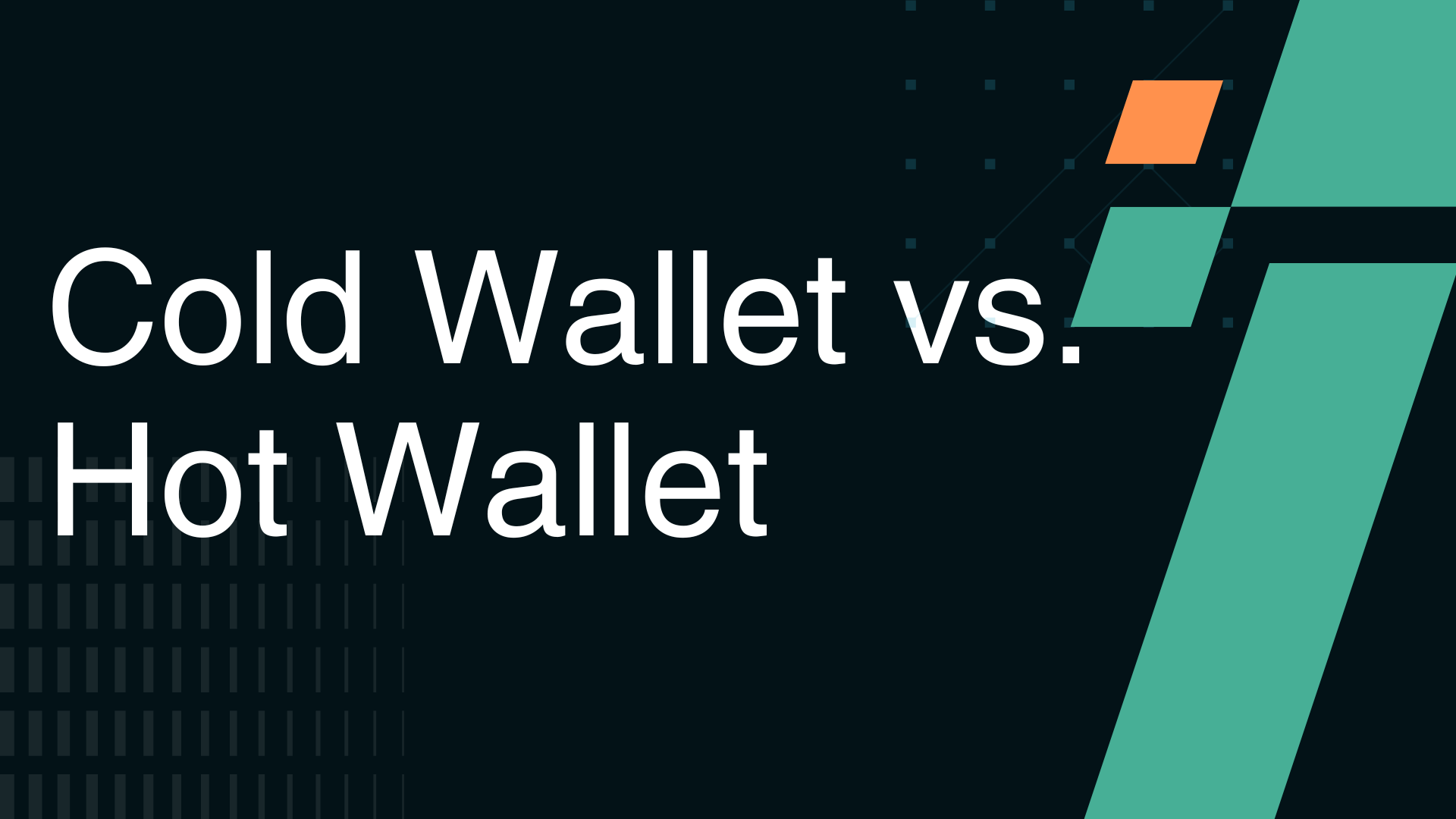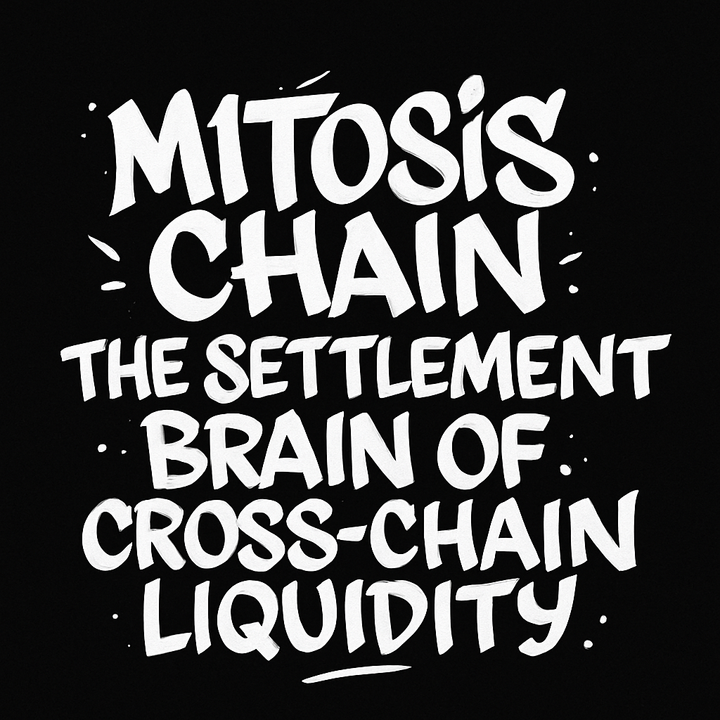Cold Wallet vs. Hot Wallet: Evaluating Storage Solutions for Crypto Safety

Introduction
With billions of dollars now transacted in crypto, safeguarding assets is paramount. Two primary storage solutions dominate the landscape: hot wallets and cold wallets. Both serve the primary purpose of storing private keys, the critical codes that give you access to your digital assets, but they do so in very different ways, each with unique advantages and vulnerabilities. Understanding these differences is essential for anyone who wants to protect their hard-earned assets from hacking, theft, or loss.
What Are Hot Wallets?
Hot wallets are digital wallets that remain connected to the internet and are usually in the form of software applications or web-based interfaces. Because they are always online, hot wallets allow for rapid transactions, easy access, and convenience for everyday usage.
Key Characteristics
- Connectivity: Since they are network-connected, hot wallets are ideal for frequent trading and daily transactions.
- User-Friendliness: Applications like mobile apps or desktop software offer graphical user interfaces that simplify transactions.
- Accessibility: Users can quickly exchange funds, check balances, and interact with decentralized applications (dApps).
A popular example of a hot wallet includes MetaMask, which facilitates access to various blockchain-based services, and Trust Wallet, which supports a wide range of cryptocurrencies.
Risks and Vulnerabilities
Despite their convenience, hot wallets carry inherent risks:
- Internet Exposure: Being connected to the internet exposes them to phishing scams, malware, and hacking attempts.
- Software Vulnerabilities: Regular updates are critical; outdated software is a potential gateway for security breaches.
- Custodial vs. Non-Custodial: Some hot wallets are custodial, meaning that a third party holds your keys. Even non-custodial hot wallets require you to secure the device that holds your keys, making it vulnerable if the device is compromised.
What Are Cold Wallets?
Cold wallets, on the other hand, store your private keys offline, either through hardware devices, a USB-like gadget, or by printing out a paper wallet. Because they are disconnected from the internet, they are far less prone to online attacks.
Key Characteristics
- Security: With no internet connection, cold wallets are immune to many of the vulnerabilities that affect hot wallets, such as online hacking and phishing.
- Long-Term Storage: They are ideal for "HODLing" crypto long term. Most investors who do not require instant access to their funds prefer cold storage.
- Physical Form: Cold wallets can be in the form of hardware wallets (like Ledger or Trezor) or even paper wallets that are stored in secure locations.
Drawbacks and Limitations
- Inconvenience: Since the assets are stored offline, you must physically connect your wallet when you want to transact, which can be less efficient for everyday use.
- Cost: Quality hardware wallets carry a cost, usually ranging from $50 to $200, depending on features such as Bluetooth connectivity and multi-cryptocurrency support.
- Loss or Damage: A physical device can be lost, stolen, or damaged. Therefore, backup measures, including secure seed phrases, are essential.
Cold wallet security is robust, but it requires careful handling and a commitment to following stringent backup protocols.
Evaluating Storage Solutions for Crypto Safety
Choosing between a hot wallet and a cold wallet ultimately boils down to balancing convenience with security. Let’s break down some of the key factors that influence your decision.
- Security Needs: For investors holding large amounts of cryptocurrency or planning to set aside funds for the long haul, cold wallets are generally the preferred choice. Without internet connectivity, cold wallets provide an insulated environment, dramatically reducing the risk of remote hacks. Hardware wallets like Ledger and Trezor are considered industry leaders in this domain due to their robust security features, including PIN protection and secure chip technology. Conversely, if you need to make frequent transactions or interact with decentralized applications, you might lean towards the convenience offered by hot wallets. However, extra security measures such as strong passwords, multi-factor authentication (MFA), and regular software updates are crucial to safeguard these wallets.
- Usage Patterns
Day Trading and Frequent Transactions: In scenarios where speed and accessibility are critical, hot wallets are extremely useful. Cryptocurrency traders often use hot wallets to take advantage of market opportunities that require rapid responses.
Long-Term Storage: For those planning to hold their assets safely over the coming years, cold wallets are recommended. They provide the highest degree of security for assets that do not need to be accessed frequently. - Backup and Recovery: Both wallet types require robust backup and recovery strategies. With a hot wallet, ensuring that your device is secure (e.g., using antivirus software and avoiding suspicious links) is essential. For cold wallets, maintaining a secure backup of your seed phrase is fundamental. If your hardware wallet fails or is damaged, a seed phrase lets you recover your assets on a new device.
- Cost Considerations
Initial Investment: Hot wallets are usually free or low-cost since they are software-based. Many users start with free mobile or desktop wallets.
Long-Term Costs: Cold wallets, particularly hardware variants, entail an upfront cost. But for serious investors, this expense is often justified by the significantly lower risk of theft or online loss.
Practical Examples and Use Cases
To bring these concepts to life, let’s consider a couple of practical scenarios:
Case Study 1: The Active Trader
An active trader uses a hot wallet on a mobile device to take advantage of the fast-paced movements in the cryptocurrency market. They benefit greatly from a user-friendly interface and near-instantaneous access to their funds. However, they also implement stringent security measures such as using MFA and hardware-backed secure elements on their smartphone. Despite these precautions, traders remain aware of the risks; they often transfer only the necessary funds to their hot wallet, keeping the bulk in a secure cold wallet offline.
Case Study 2: The Long-Term Holder
A long-term investor, planning to hold significant assets for several years, opts for a hardware wallet like Ledger. Their primary concern is minimizing attack surfaces by keeping private keys away from the internet. Periodically, they validate their backup seed phrases and store their hardware wallet in a secure location, such as a safe deposit box. This strategy ensures the maximum security for assets that are intended to appreciate over time without frequent transactions.
Conclusion
Choosing between a hot wallet and a cold wallet is not about selecting one over the other, it’s about understanding your needs, risk tolerance, and usage patterns. Hot wallets provide unmatched convenience and are perfect for those who transact frequently. Cold wallets, though less accessible, deliver superior security, especially for long-term storage.
The educational journey through these storage options underlines the necessity of staying informed and proactive. Cybersecurity in the crypto world is an evolving battle, and your storage strategy is a critical part of your broader defense plan. As the technology and regulatory landscapes continue to evolve, so too will the methods to safeguard your digital assets.
References
- Investopedia – Hot Wallet vs. Cold Wallet
- Bybit – Hot Wallet vs. Cold Wallet
- Coinweb – Cold Wallet vs. Hot Wallet Analysis
- Ledger Official Website
- Trezor Official Website
- SeedPhoto – Multi-Factor Authentication (MFA) in Cryptocurrency
MITOSIS official links:
GLOSSARY
Mitosis University
WEBSITE
X (Formerly Twitter)
DISCORD
DOCS



Comments ()